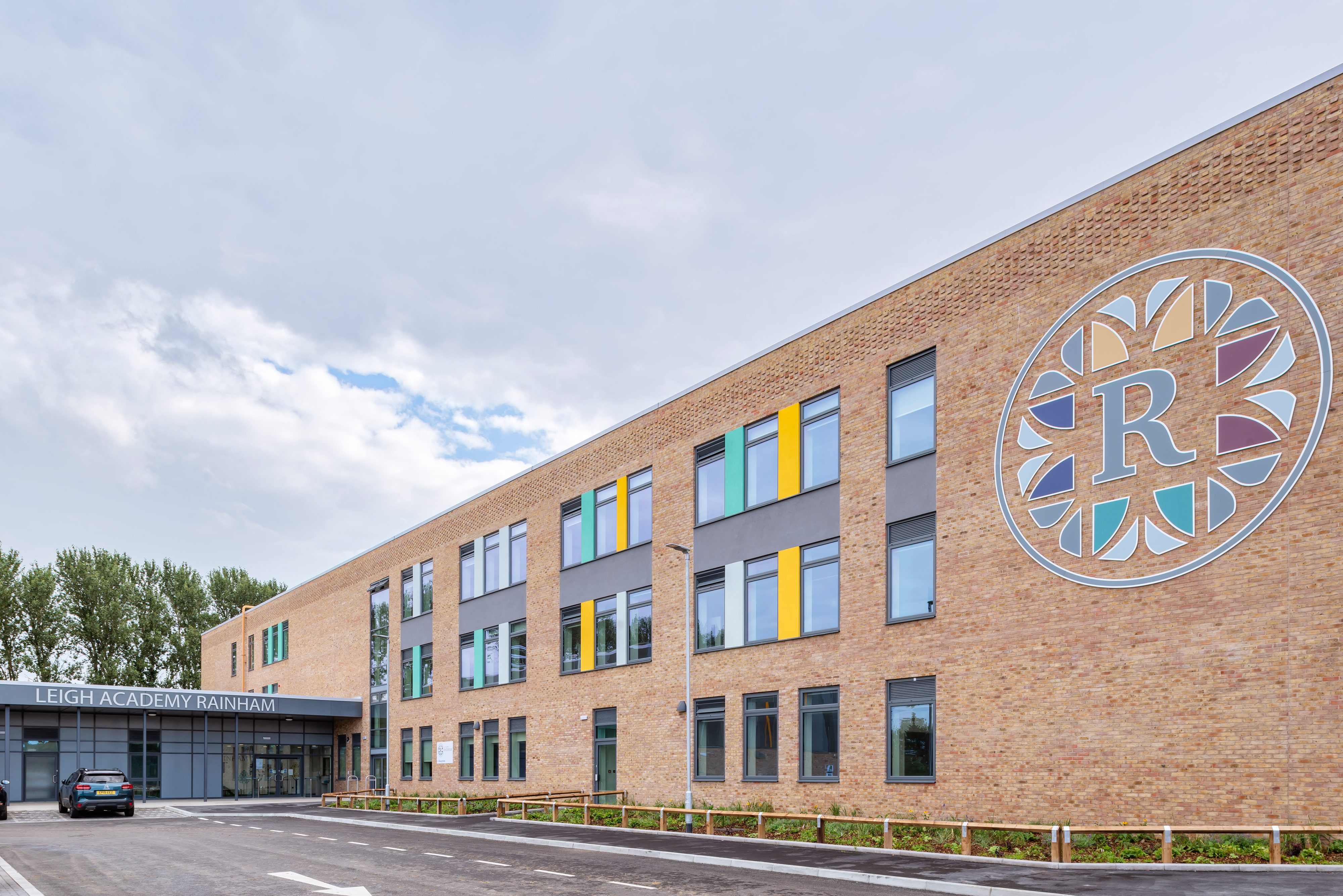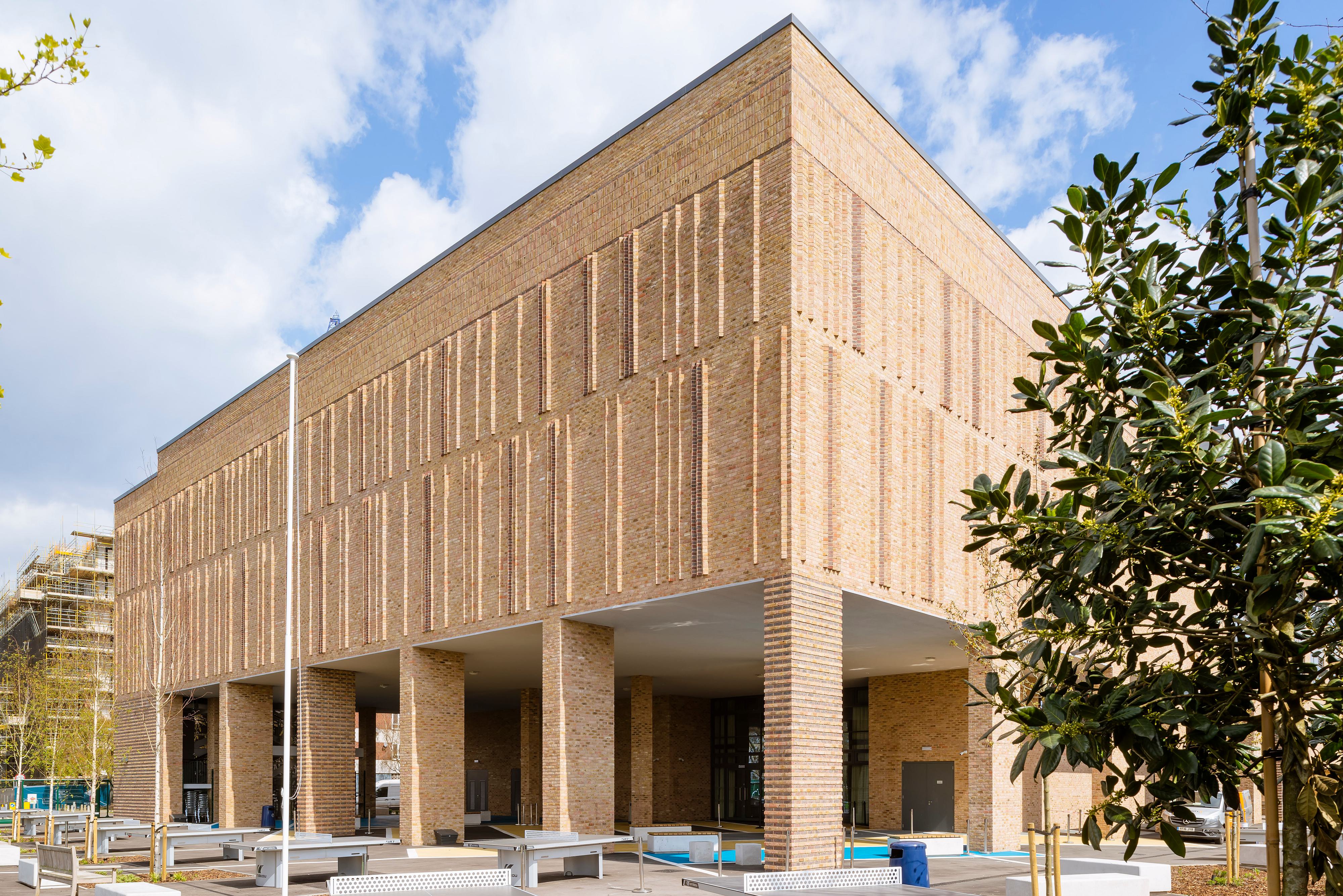
14 Nov 2025
We’re continuing to celebrate success here at CPMG following a series of promotions. This is an opportunity not only to recognise these individuals as they take the next steps in their careers, but also to take a closer look at the roles they play in shaping our projects.
So, without further ado, meet Colm, Senior Architectural Technologist and recently promoted to Associate, whose expertise and dedication are helping to define the learning environments of the future.
How did you get into architecture, and what brought you to CPMG?
I’ve always been fascinated with how things are put together, especially buildings. I’m a big Lego fan, so I guess that was the first sign that I’d end up in architecture. As a child, I used to build football stadiums out of shoeboxes! I joined CPMG in 2018 because it was an opportunity to be part of a well-known practice with a strong reputation, and I’ve been here ever since.
You’ve just been promoted to Associate - what does that mean to you?
It’s a really proud moment. It shows that CPMG support career progression and value the contribution I make. It’s motivating to know that my hard work and dedication have been recognised.
Looking back, is there a project or moment at CPMG that really stands out for you?
Rather than a single project or moment, it’s more about the cumulative experience. I’ve delivered 10 school projects through stages 4 and 5 for Bowmer + Kirkland, with 3 more scheduled for handover next year. Each project has its own challenges and highlights, but I take pride in contributing to the delivery of spaces that will have a real impact on learning environments.

How would you explain what you do as a Senior Architectural Technologist to someone outside the industry?
In simple terms, the architect designs it, and I create the instruction manual so the builder can bring that design to life. Essentially, I’m a professional problem solver, making sure that a concept works in the real world.
What do you enjoy most about the technical side of your work?
I love putting together the technical detailed drawing packages. It’s a hands-on way to understand how things fit together and to think about construction sequencing. I also enjoy the focus that comes with it - headphones on, music playing, and churning out technical details is incredibly satisfying.
Can you share a project where your technical expertise really made a difference?
Its difficult to not get too big headed with a question like this because I would like to think that my technical input has made a difference on all the school projects that I have been involved with to date, or at least I hope so. As technical lead on the B+K school projects, I’ve been responsible for driving the technical delivery, which has allowed me to get fully involved in everything from design development and problem-solving to producing bespoke details, such as the brickwork solutions for both Harris and Leigh Academies. I’ve learnt a huge amount from each project, and that continual learning has helped me strengthen and refine my expertise over time.
Working on schools projects brings its own challenges - how does designing learning environments influence the way you define great design as a technologist?
I would argue that I don’t ‘design’ in a typical sense. My role has been to further develop a design so that the initial vision can be realised as a physical building. I always see myself as an essential cog within a bigger machine. It is hugely gratifying that I can perform that important role with the delivery of a facility that young people will attend to learn and grow within.

How do you work with architects, clients, and the team to get the best outcomes?
Collaboration is key. I work closely with architects to progress the design so it’s ready for construction. Building positive relationships with both the design team and contractors ensures everyone is aligned, which makes the delivery process smoother and more efficient.
What advice would you give someone wanting to follow a similar path in architecture?
Get as much hands-on site experience as you can. Seeing buildings come together and understanding construction methods in the real world is invaluable.
Outside of work, is there anything that inspires the way you approach design?
I try to keep my professional and personal lives separate, but I do enjoy being creative outside of work through music and my YouTube channel (The Critical Cinema Club, by the way). Video editing and music production might feel far removed from architecture, but both require attention to detail and a structured approach, which mirrors the way I tackle projects professionally.
Colm’s commitment to technical detail, problem-solving, and collaboration highlights the impact our people have on the spaces we create. His work shows that bringing a design to life is about more than just drawings - it’s about creating functional, inspiring environments that make a real difference for the people who use them.